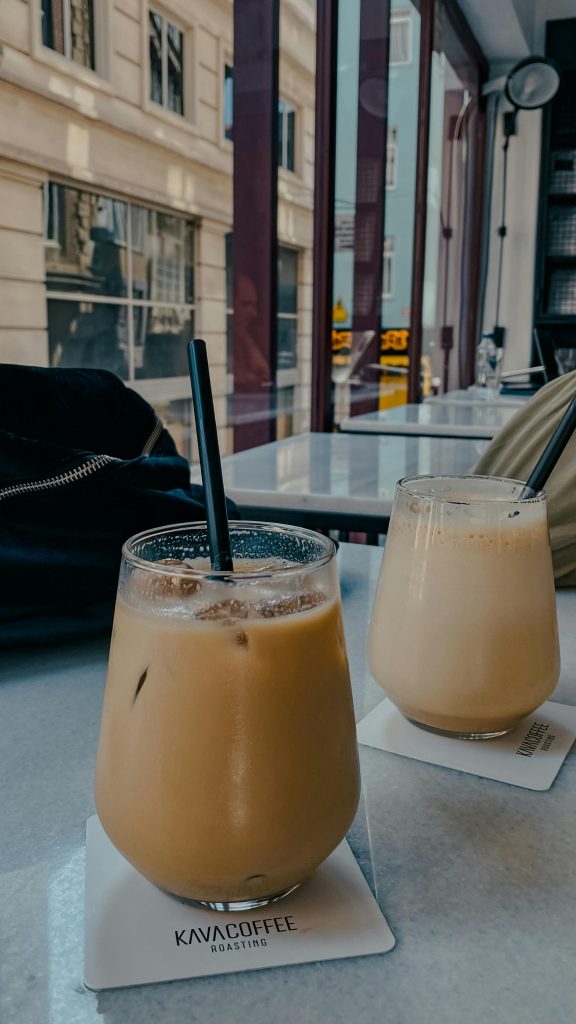From Fiji to Your Cup: Exploring the World of Kava Drinks
Exploring This Traditional Beverage of the South Pacific
Imagine yourself on a beautiful Fijian island, surrounded by crystal-clear waters and swaying palm trees. As the sun sets over the horizon, you gather with the locals to partake in a traditional drink that has been enjoyed for centuries – kava. This unique beverage holds a special place in the hearts and cultures of the South Pacific, and now you have the opportunity to explore its rich history and cultural significance in this comprehensive guide.
A Journey Through the Rich History and Cultural Significance of Kava
Kava, also known as “yaqona” or “grog” in Fiji, has been a staple in the South Pacific for thousands of years. It is made from the roots of the Piper methysticum plant, which is native to the region. The plant is carefully harvested, dried, and ground into a powder, which is then mixed with water to create a thick, earthy drink.
The Origins of Kava
The exact origins of kava are unknown, but it is believed to have originated in Vanuatu and eventually spread to other Pacific islands. Legend has it that the plant was a gift from the gods, and its consumption was reserved for chiefs and other high-ranking members of society.
The Production of Kava
The production of kava is a time-honored tradition that involves a careful process of harvesting, drying, and grinding the roots. The roots are then pounded into a fine powder, which is mixed with water and strained through a cloth to create the final product. The strength and potency of the kava can vary depending on the type of plant used and the method of production.
The Consumption of Kava
In traditional ceremonies, kava is consumed in a “tanoa” or wooden bowl, and is shared among friends and family. The drink is known for its relaxing and social effects, making it a popular choice for gatherings and celebrations. It is also believed to have medicinal properties and is used to treat ailments such as anxiety and insomnia.
Tips for Enjoying Kava at Home
While kava is deeply rooted in traditional culture, it has also gained popularity in other parts of the world. If you’re interested in trying kava at home, here are some tips to keep in mind:
Understanding the Effects of Kava
Kava is known for its calming and relaxing effects, making it a popular alternative to alcohol. However, it is important to note that kava affects each person differently, and excessive consumption can lead to drowsiness and impaired motor skills. It is always recommended to drink kava in moderation and not to operate heavy machinery or drive after consuming it.
The Benefits of Kava
Aside from its social and medicinal effects, kava is also believed to have numerous health benefits. It has been used to treat conditions such as anxiety, muscle tension, and insomnia, and has even been studied for its potential to reduce cancer cells. However, more research is needed to fully understand the benefits and potential risks of kava consumption.
The Legality of Kava
While kava is legal in many countries, including the United States, it is important to check the laws and regulations in your specific state or country before purchasing or consuming it. Some places may have restrictions on the amount of kava that can be imported or sold, so be sure to do your research beforehand.
Kava Defined: The Traditional Beverage of the South Pacific
Kava holds a special place in the cultures and traditions of the South Pacific. It is not just a drink, but a symbol of community, friendship, and relaxation. Its popularity has spread beyond its origins, and now kava bars can be found in many parts of the world, providing a taste of the South Pacific culture to those who may not have the opportunity to visit.
Conclusion:
From its ancient origins to its modern-day popularity, kava has stood the test of time as a beloved and unique beverage. Whether you’re looking to experience a traditional ceremony in the South Pacific or simply want to relax and unwind at home, kava offers a one-of-a-kind experience that is sure to leave a lasting impression. So next time you raise your cup of kava, remember its rich history and cultural significance, and savor every sip.

